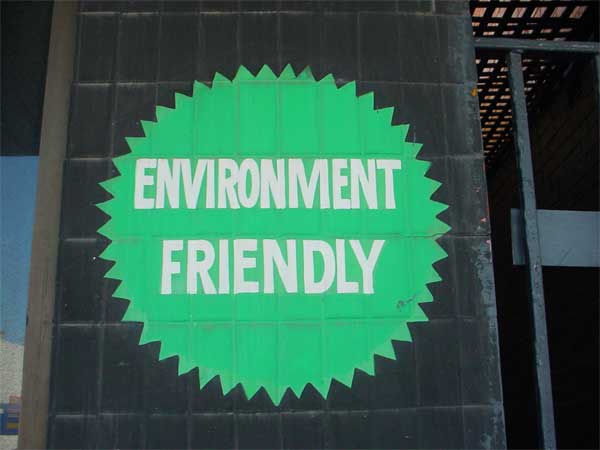Another one in the series of trends for 2009…
Trend # 7: Serious Media
In times of serious economic upheaval individuals have two options. The first option is to bury ones head in the sand and go somewhere else (everything from escapist movies to virtual worlds). The second route to find out what’s going on. Serious newspapers and magazines such as The Financial Times and The Economist are seeing increases in circulation and they are being joined by a plethora of steadfastly old fashioned ink-on-dead-tree titles such as Prospect, The Weekly Standard, Harper’s, The Atlantic and The Monthly.This trend is primarily evident within newspapers and magazines but the same affect can be seen with non-fiction books.
Implications
There is undoubtedly a large market for information and entertainment that is dumbed down and served in small bite-sized chunks. However, there is also a large market for the analysis of complex issues and ideas. Outside of media expect things to become more serious in other areas too. Fashion will become smarter and more formal (at least at work) and also watch for the disappearance of dress-down Fridays (replaced by no-email Mondays and no Blackberry Bank Holidays).
One outake here is that people rarely live exclusively in one world. People commute between high culture and flippancy and will happily read Nuts or Maxim magazine one minute and the New York Times another. Do not fall into the trap of categorizing people with simplistic labels based on age, sex, race, income, profession or geographic location.
Examples of the shift to seriousness include the rise of documentaries, the popularity of Intelligence Squared Debates (now London/New York /Sydney) and TED Conferences on YouTube.





